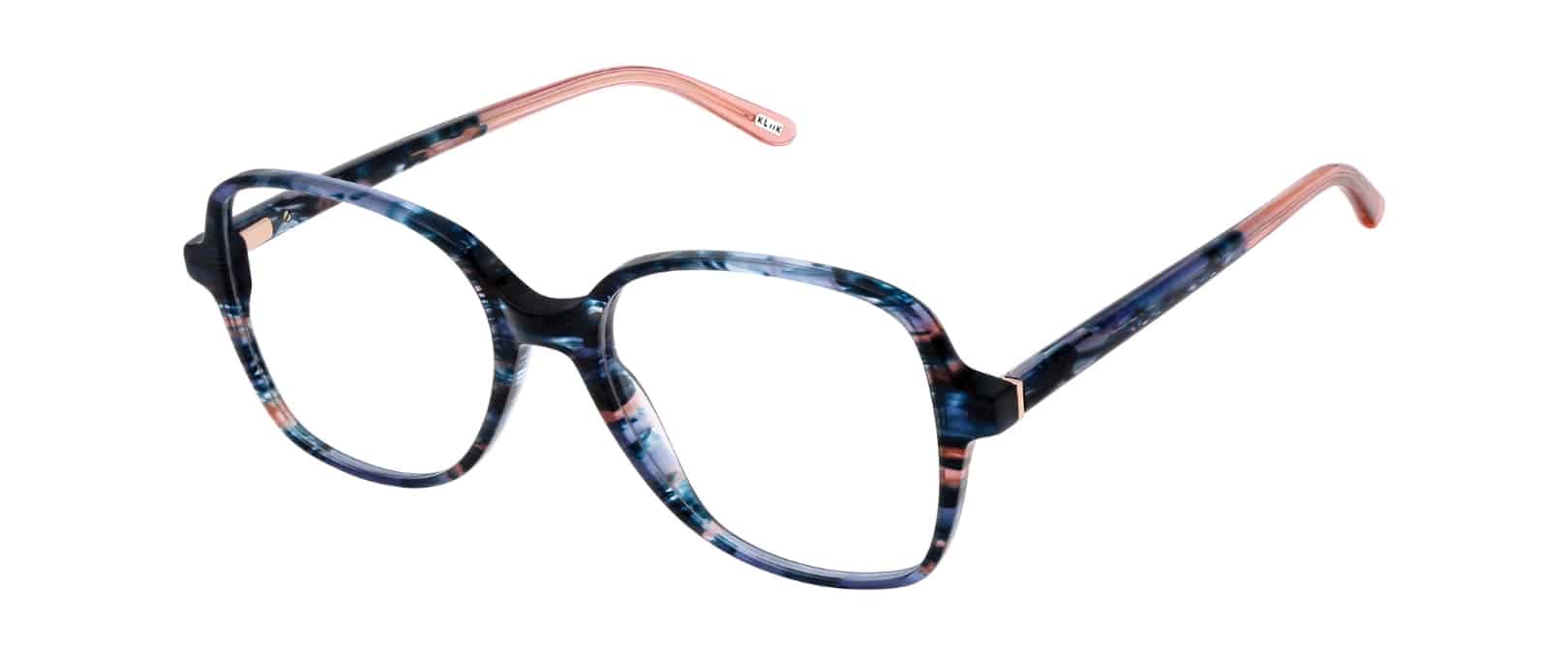New Paper Examines Top 10 Myths About Fitting Soft Contact Lenses
Wednesday, January 26 2022 | 15 h 43 min | News, Press Release
A new peer-review paper from the Centre for Ocular Research & Education (CORE) seeks to shift persistent views about contact lenses that are no longer accurate based on current evidence. Addressing common myths and misconceptions in soft contact lens practice (Walsh K, Jones L, Moody K) has been published by Clinical and Experimental Optometry, the official journal of Optometry Australia, the New Zealand Association of Optometrists, and the Hong Kong Society of Professional Optometrists.
The work offers contemporary evidence that challenges ten legacy perspectives held by eye care practitioners, which can prevent optimal patient care and business success. Members of the eye care community can download the complete publication at no cost via Open Access.
“In 1992, Nathan Efron explored a variety of common myths and mistruths around the fitting and wearing of contact lenses. Remarkably, three decades later, more than half of the current misconceptions we’ve identified were also acknowledged in those original papers. While there has been extraordinary technological and clinical progress over that same time, it has proven more difficult to shake off some long-held incorrect views and established clinical practices,” said Lyndon Jones, CORE’s director.
The authors grouped the top ten present-day myths into three broad categories—contact lenses and care systems, patient-related concerns, and business focused barriers—then reviewed each with clear evidence-based data and practical guidance. The misconceptions include:
- Increasing oxygen transmissibility improves lens comfort,
- Hydrogels should no longer be fitted,
- Patients will be more successful wearing contact lens materials that demonstrate low levels of deposition,
- When a patient reports discomfort, the first—and most appropriate—option is to change the lens,
- Young children are less successful with contact lenses,
- Multifocal fitting is not successful,
- Wearer non-compliance can make contact lens wear just too risky,
- Patients with low astigmatism do fine with spherical lenses,
- Focusing on growing my contact lens business is too time-consuming,
- And my contact lens business will not grow because as many patients as I fit end up dropping out.
Evidence was available to debunk nine of the ten beliefs. This opens the door for eye care practitioners to recommend and successfully fit contact lenses to a wide range of patients, from children through to seniors, using all soft lens material types and replacement frequency options. The literature review also demonstrates the business benefits of contact lens practice through proactive recommendation and paying attention to factors that drive successful wear and reduce drop out.
Click HERE for the full press release.








